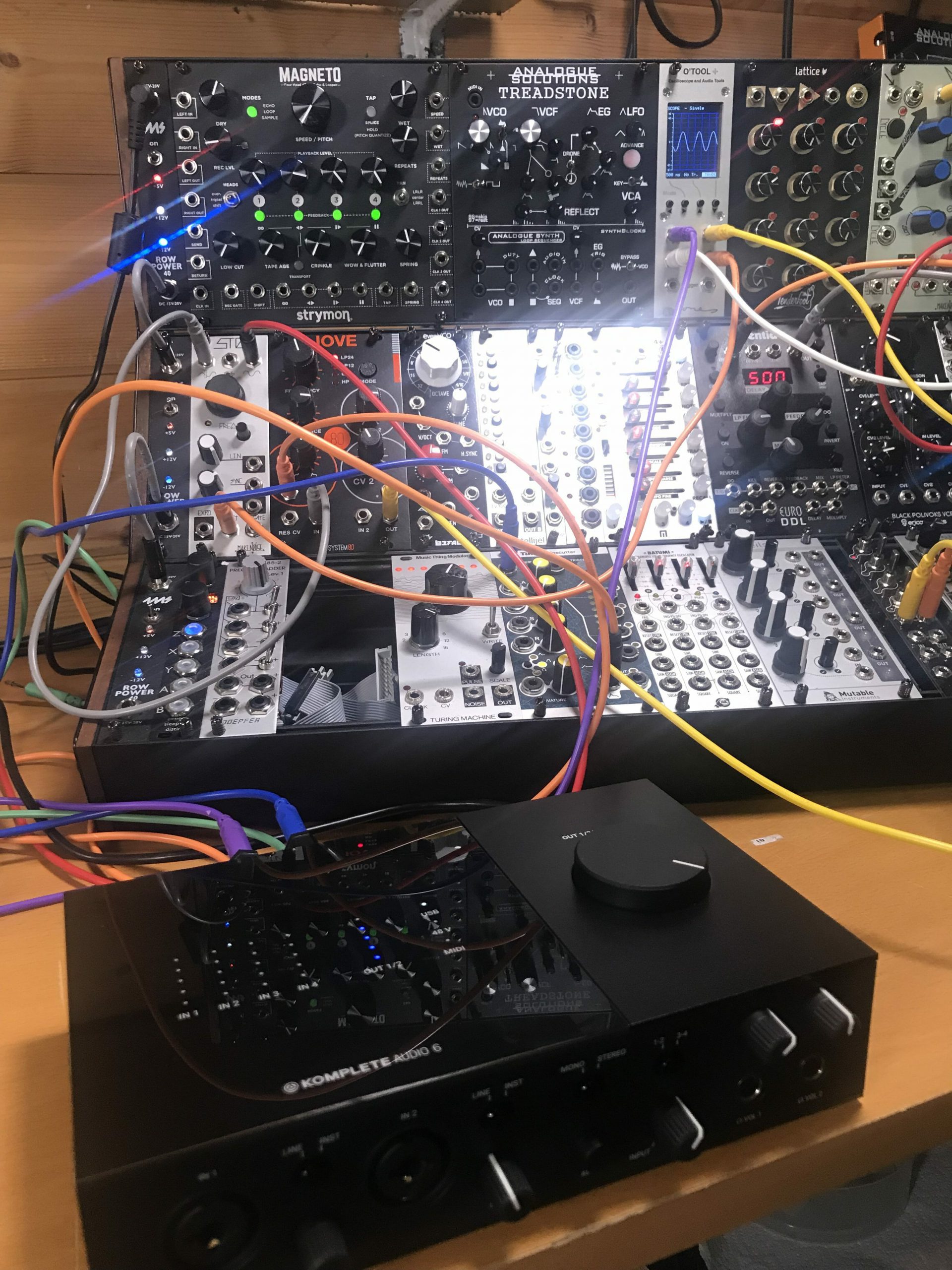
In the "Woah, cool!" file, Fugue Machine is a unique multi-playhead sequencer that uses fugue composition to unlock beautiful melodies.
AUDULUS AUDIO TO ABLETON RECORDING PORTABLE
Borrowing Ableton’s clip view UI, modstep features MIDI templates for nearly every major manufacturer (including KORG’s portable Volca series), offering deep control on a single touch interface. Interested in Ableton Live but haven't gotten into it yet? Reverb is offering an limited time offer on an incredible starter pack.įor fully fledged sequencing, modstep is a Swiss Army knife.


DubFilter and Dedalus Delay are essential for any electronic producer. By relying on simple XY pads, these apps let you tweak simultaneous parameters without having to fiddle with knobs.Ībleton Live users who don’t have Suite can still access Amazing Noises’s Max4Live devices at a comfortable $7 each. Guitarists and synth addicts love the Holderness FX Bundle, a powerhouse of shimmering reverb, warbly tremolos and warm fuzz. In the spirit of Swedish design, the visuals are minimal, keeping these apps easy to use and understand. For $8 each, you can get a dynamic compressor, an incredibly transparent de-esser, and even loop-able envelope filters. To add something unique to your digital arsenal without navigating Max/MSP, you can easily create a mobile pedalboard from an expansive world of custom iOS effects.įor a basic studio setup, check out Klevgränd’s suite. These apps can limit the playable notes to match any scale and key, giving the musician a safe yet exciting playground of "all right notes." XYZ-axis parameters can be assigned to trigger expression like modulation and pitch bending. Touching your sounds has huge advantages over pad and knob interfaces, closing the gap between producer and musician.īorderlands, a beautifully playable app from Stanford’s Chris Carlson, demystifies granular synthesis by allowing the musician to place “grain clouds” on recorded or imported waveforms, which can be stretched and morphed.īy removing the keyboard interface that other granular plugins like Robert Hencke's Granulator II rely on, the artist is freed to find new layers and levels of expression with unprecedented immediacy.įor traditional songwriters looking to explore new arrangements and rhythms, SoundPrism and ThumbJam offer intuitive playable interfaces that break habits without diving into aural experimentation. Record audio directly into the app through your device's built-in mic or an interface and use Samplr's different modes to “play” your waveform.Įverything from a traditional 16-bar chop to granular synthesis is available, pushed through Samplr's built-in (and manipulatable) compressor, reverb, delay, LFO, and filters. The iPad as Instrumentįor truly revolutionary sampling and audio manipulation, Marcos Alonso’s Samplr cannot be beat.

Here, then, are the apps that explore the edges and many faces of the iPad’s ability as a music-maker. Let’s use that as a window into where computer-based music-making can go. We can't, in good confidence, declare the best nexus of control surface and app just yet, but we do know that the Apple iPad provides an incredibly versatile and tactile interface for music-making. So the better question to ask is what provides the best nexus of playing surface and selection of music-making apps? With computer-created music, unique and accessible UX/UI is as integral as a guitar’s neck width.

After all, the app is what determines how inputs are turned into outputs in the same way that instruments determine how our breath, finger and arm movements translate into sound.īut music creation is also physical, dependent on some connective tissue from soul to fingers to device – tactile surface matters as much as code. Some might say that it’s not about the computers themselves, but rather the applications and programs we use with the computers to create music. Rather than attempt an answer, Puckette simply shared his hope that these machines’ current implementation in art is still in its infancy.īut if computers have the potential to be considered a new class of instrument, what is the best way to actually "play" them? In his opening, he wondered aloud at why these devices that are primarily designed to do office work continue to enchant musicians. Miller Puckette, creator of Max and Pure Data platforms and music professor at UC San Diego, spoke at NYU about his work with computer music back in 2013.


 0 kommentar(er)
0 kommentar(er)
